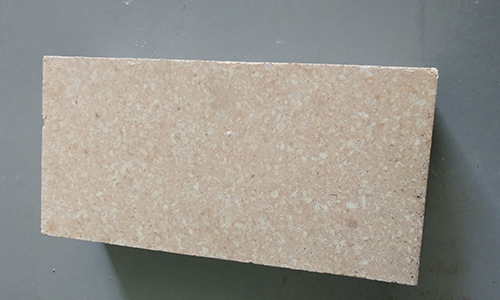Fused Quartz Brick
Fused silica brick is a kind of high-precision and high-purity quartz material. The production method is to melt the quartz sand in the electric furnace and heat it to above 1800 °C. Then it is cut by professional cutting equipment. Size can be produced. Ordinary purity SiO2>99.5%. High purity SiO2 ≥ 99.99%. The spectrum is dispersed due to the presence of a large amount of 0.003-0.3 mm bubbles in the glass body. So it is opaque. The gas in the small bubbles contains about 60% CO; 10% CO2; 8% O2 and 22% N2. This will bring about an advantageous use effect for the heat insulation, thermal stability, infrared absorption and emission of the glass body. It is an advanced refractory material.
Mainly used for masonry upper pool walls for melting low alkali borosilicate glass furnaces
The melting temperature of fused silica stone is 1713 °C, the thermal conductivity is low, the thermal expansion coefficient is almost the smallest among all refractories, the bulk density is low, the thermal insulation performance is good, and it has high thermal shock stability. It is an acidic refractory material and can be acidic. In the environment, the thermal expansion coefficient of the fused silica stone brick is small, which is beneficial to prevent cracking and deformation of the shell during dewaxing and roasting, and to ensure stable casting size. The purity of the fused silica is high and the stability of the formulated coating is good. The shell has a high temperature creep resistance.
| Item |
composition |
Melting point(℃) |
Moh's hardness |
Density
(g/cm3) |
Coefficient of expansion/*10-7℃ |
Thermal conductivity/w/(m2.k) |
Leachability comparison |
Color |
| Fused quartz |
Sio2 |
1713 |
7 |
2.2 |
5 |
1.951 |
Good solubility under hot alkali and hydrogen acid conditions |
white |
Characteristics of fused silica stone bricks: Among all refractory materials, the coefficient of linear expansion is the smallest (0.05 at 1000 ℃); the thermal conductivity is the lowest, and the thermal conductivity at 1000 ℃ is 0.836 w/(mk) (0.02 cal/cm.s)℃); best thermal shock resistance (in 1200℃ ~ water-cooled thermal shock resistance), no cracks 10 times.


